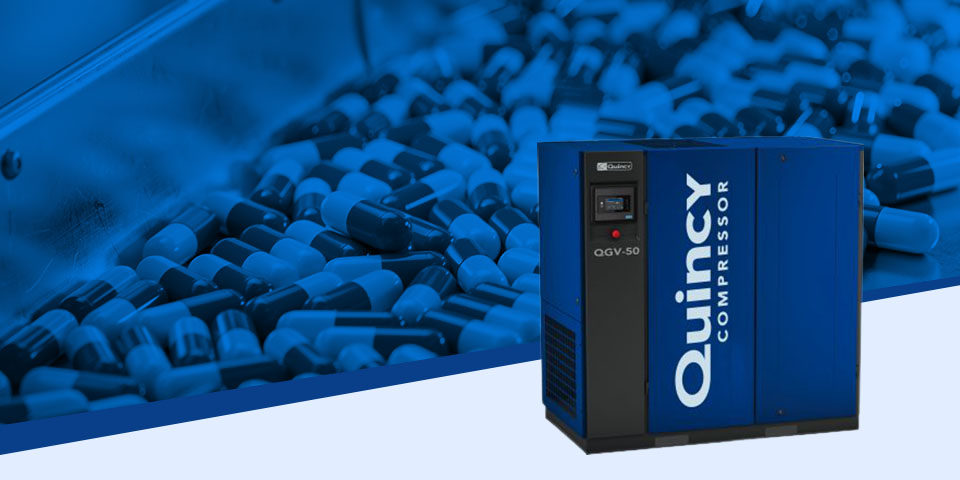Contents
Mechanical Efficiency
Mechanical efficiency measures a machine’s efficiency in transforming a power input into a power output. In the context of air compressors, this ratio compares the power imparted to the air or gas (indicated horsepower) to the brake horsepower (bhp).
By measuring an air compressor’s mechanical efficiency, you determine how effectively it converts generated power into usable power. A higher mechanical efficiency means the compressor operates more productively with lower energy costs. The machine may also have a longer lifespan than another model with a lower mechanical efficiency.
FAQs
You can use the following formula to determine mechanical efficiency:
Mechanical efficiency (%) = (output mechanical power / input power) x 100
This formula determines the mechanical efficiency of a compressor as long as you know the indicated horsepower and brake horsepower. For example, a compressor might have an indicated horsepower of 67 and a brake horsepower of 56. If you divide 56 by 67, you get about 0.836. Multiplying this number by 100 gives you a mechanical efficiency percentage of 83.6%.
The number you receive tells you about 84% of the input power is transformed into mechanical work, while 16% goes to factors like friction and heat.
An air compressor’s mechanical efficiency varies depending on the model, with some having higher percentages than others. Here’s a general overview by compressor type:
- Centrifugal: 70% to 80%
- High-speed reciprocating: 72% to 85%
- Low-speed reciprocating: 75% to 90%
- Rotary screw: 65% to 75%
These metrics show that high- and low-speed reciprocating compressors generally have the highest mechanical efficiency. However, you can’t rely on mechanical efficiency alone, because the total efficiency depends on more than just the mechanical components.
Mechanical efficiency solely deals with the efficiency of mechanical components by comparing the input energy with the output mechanical power. This metric determines the amount of mechanical work a machine can perform. Isentropic efficiency is a broader metric comparing how efficiently a compressor converts input energy into compressed air relative to an ideal (isentropic) compression process.
Isentropic efficiency covers all energy losses, including mechanical, thermal and process-related. A compressor with a high mechanical efficiency could still lose a lot of energy through heat or process losses. Therefore, isentropic efficiency is a better overall metric and is the industry standard for comparing different compressor models.
While the compressor design somewhat limits mechanical efficiency to a particular range, you can still do several things to improve this value. One option is using a compressor with a variable-speed drive, which optimizes the motor speed to match the actual load, reducing energy consumption. You can also implement controls to regulate the system more effectively, which helps lower mechanical stress. Here are a few other ways to enhance mechanical efficiency:
- Perform regular maintenance: Effective equipment maintenance reduces mechanical issues that impact mechanical efficiency, such as friction and wear.
- Check for leaks: When unchecked, leaks cause more frequent cycling, increasing machine wear and mechanical losses.
- Manage air quality: Clean, dry, contaminant-free air prevents particles or moisture from entering the system, which could harm mechanical components.
Additional Resources
At Quincy, our goal is to support you and true support means connecting you to resources that best fit your needs.


